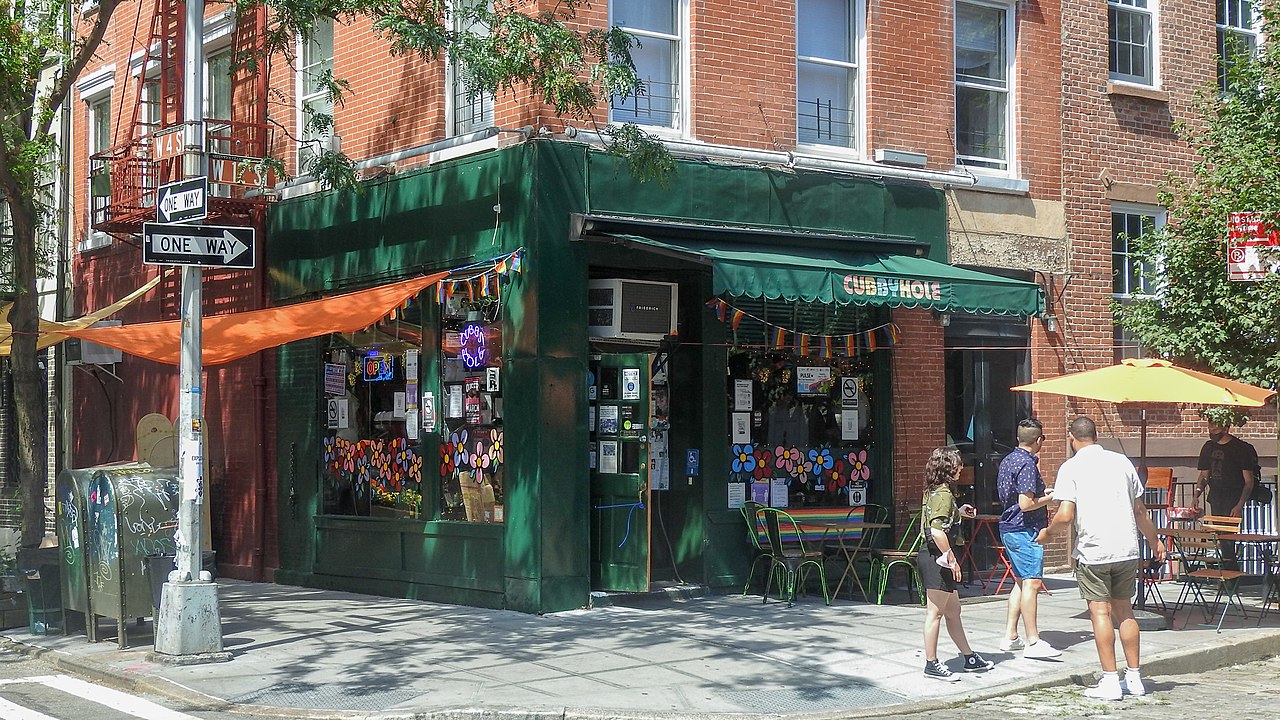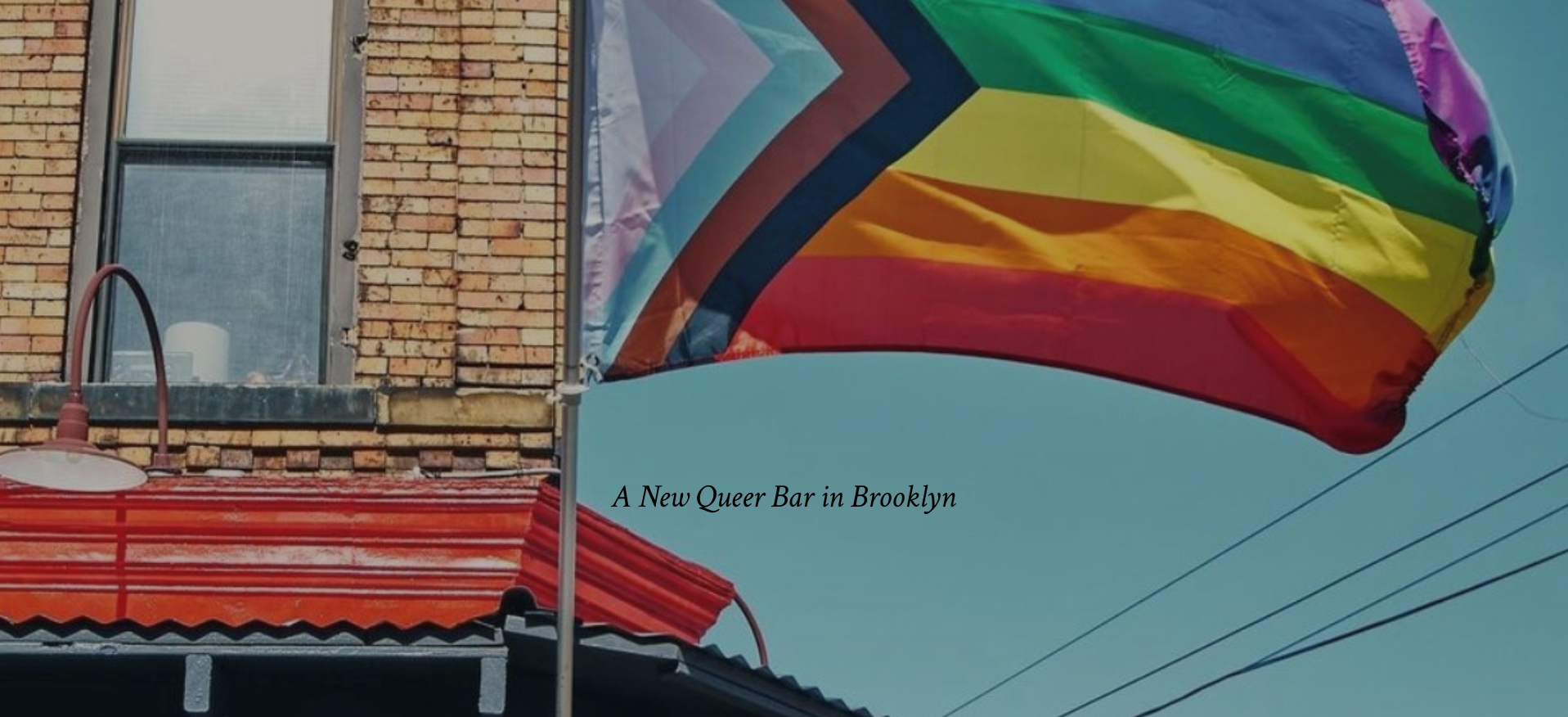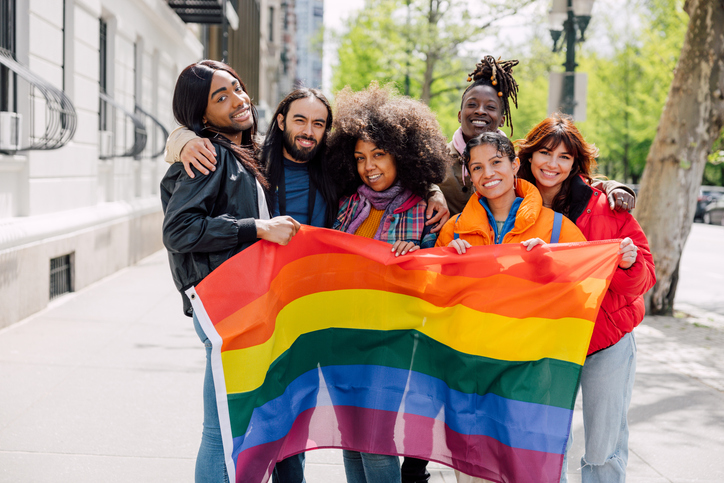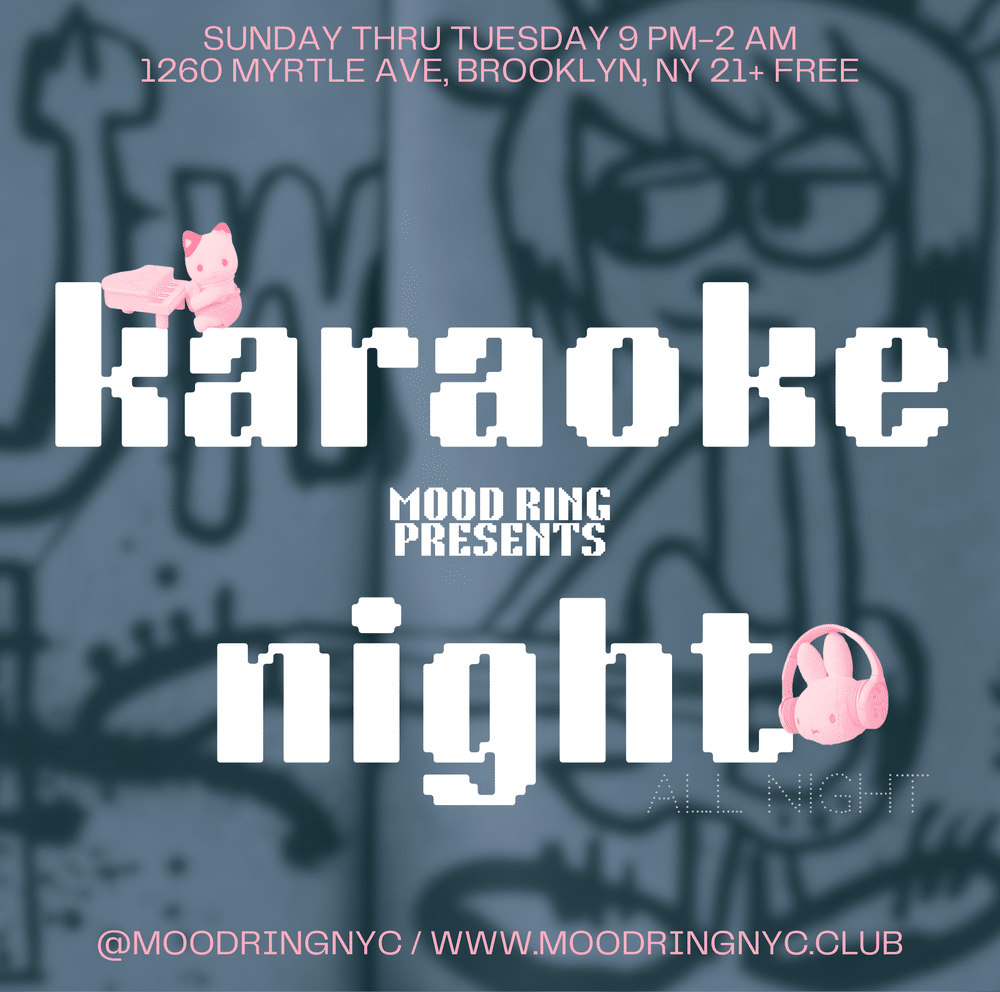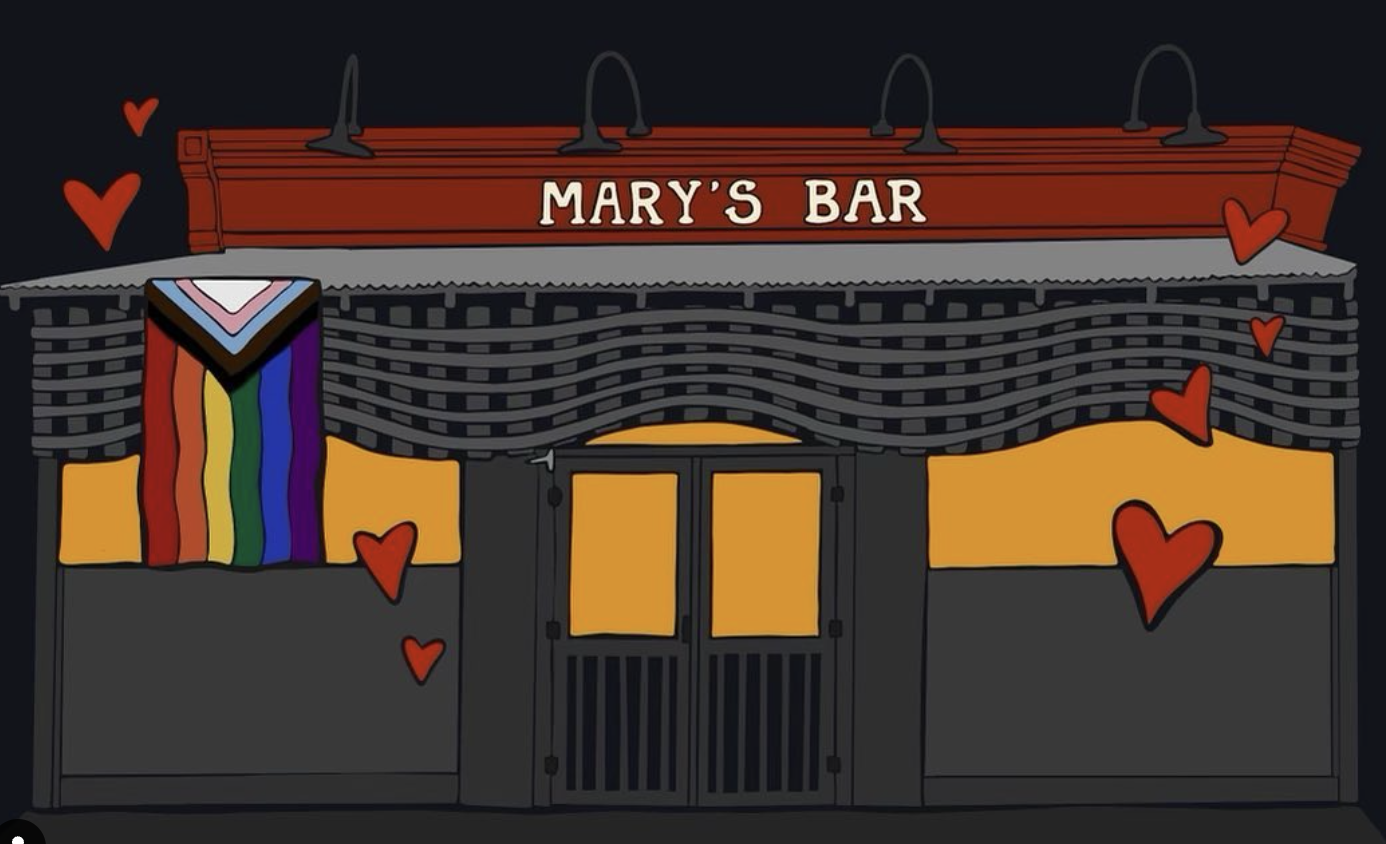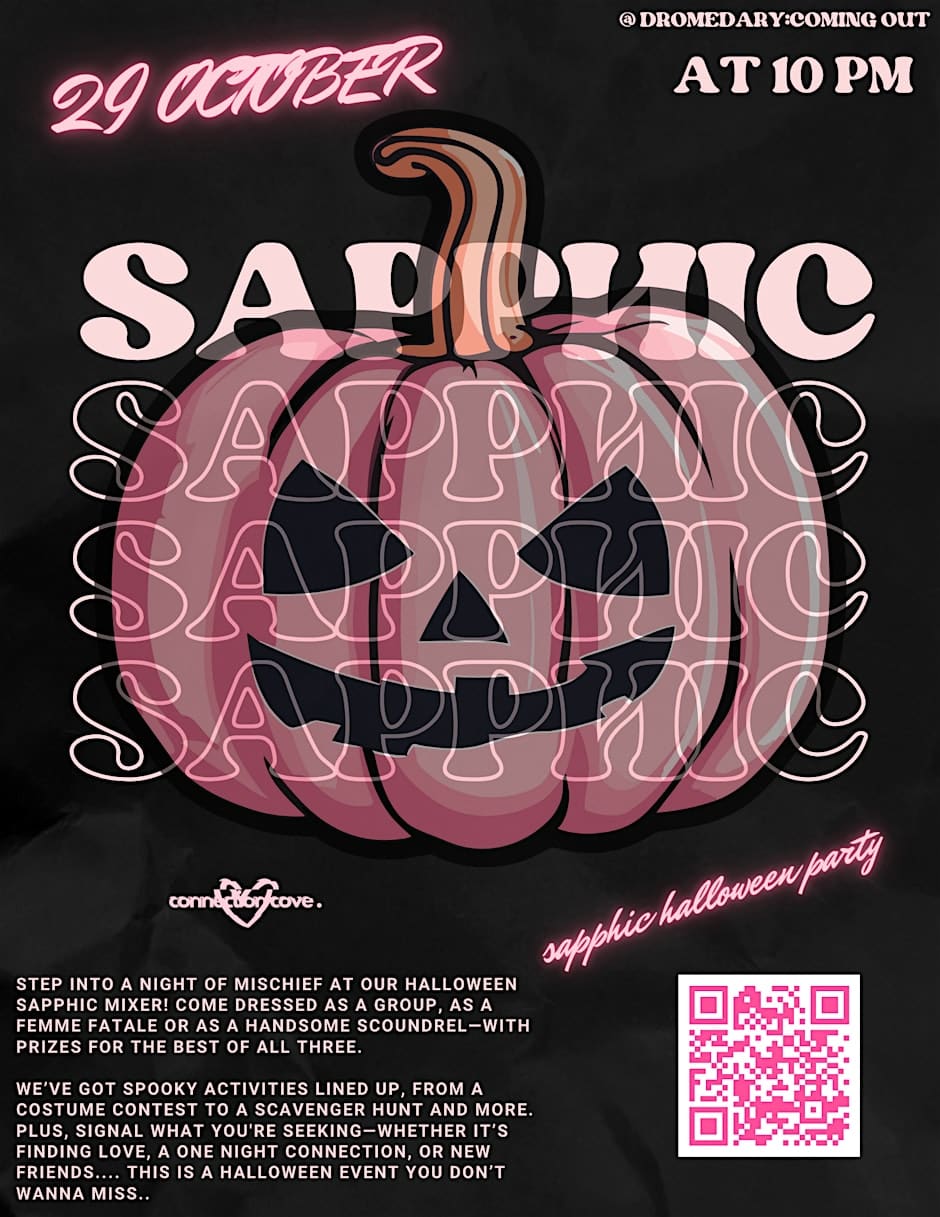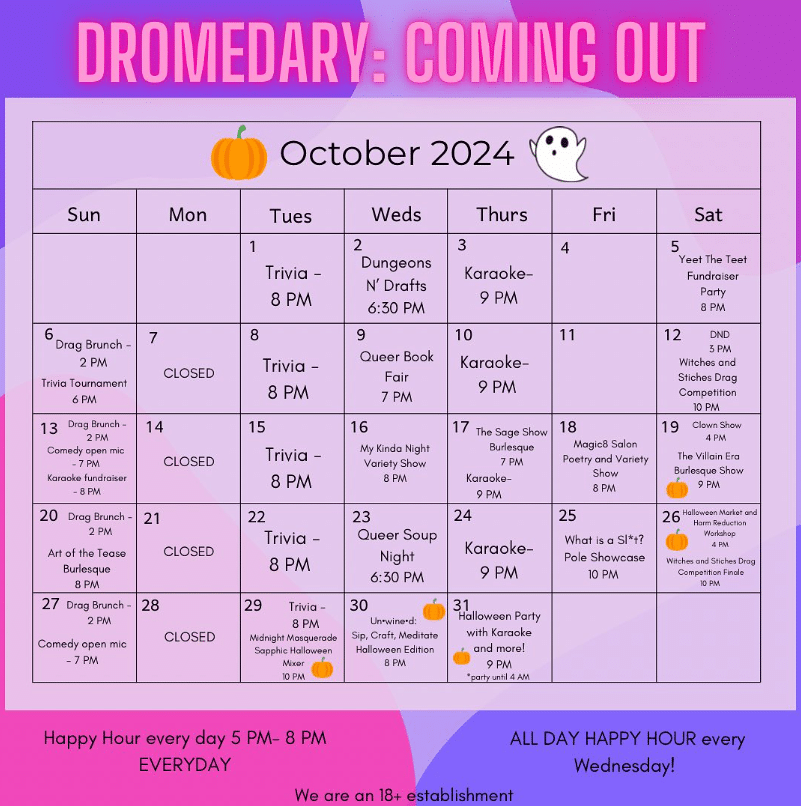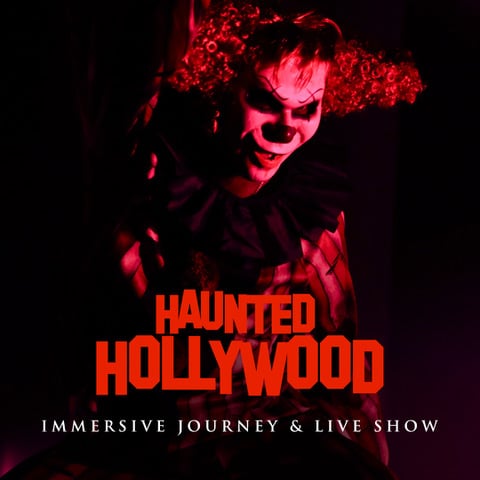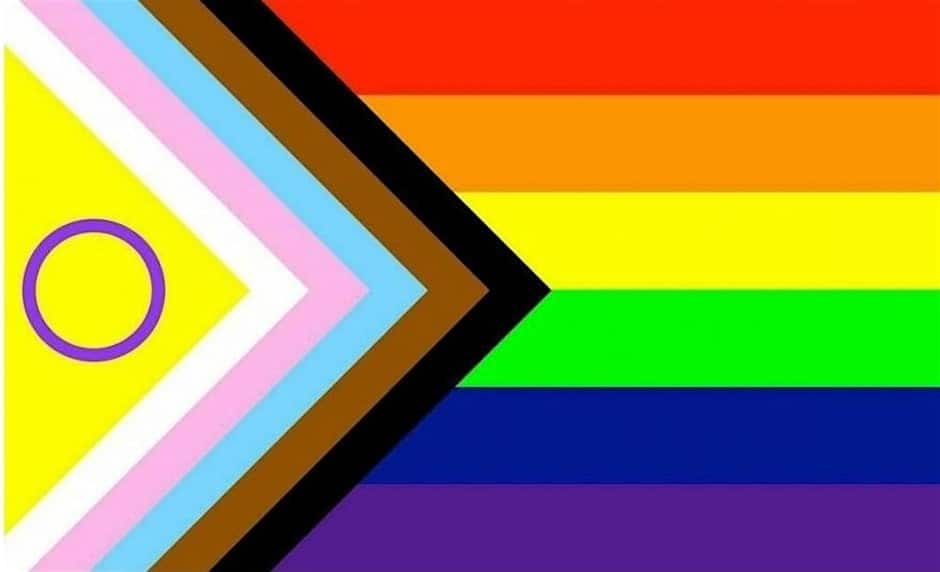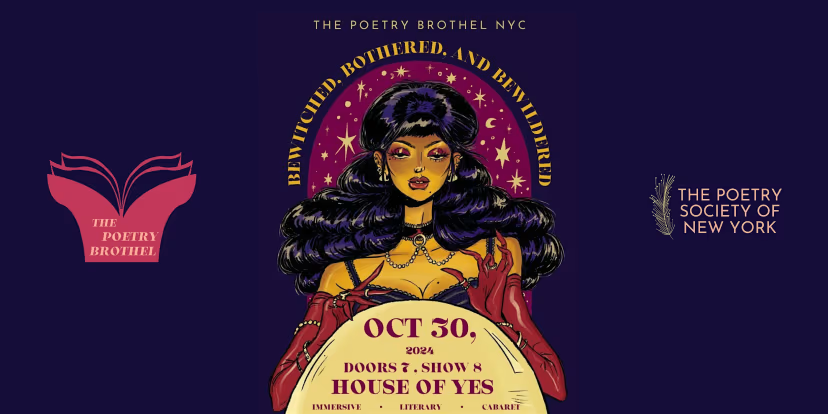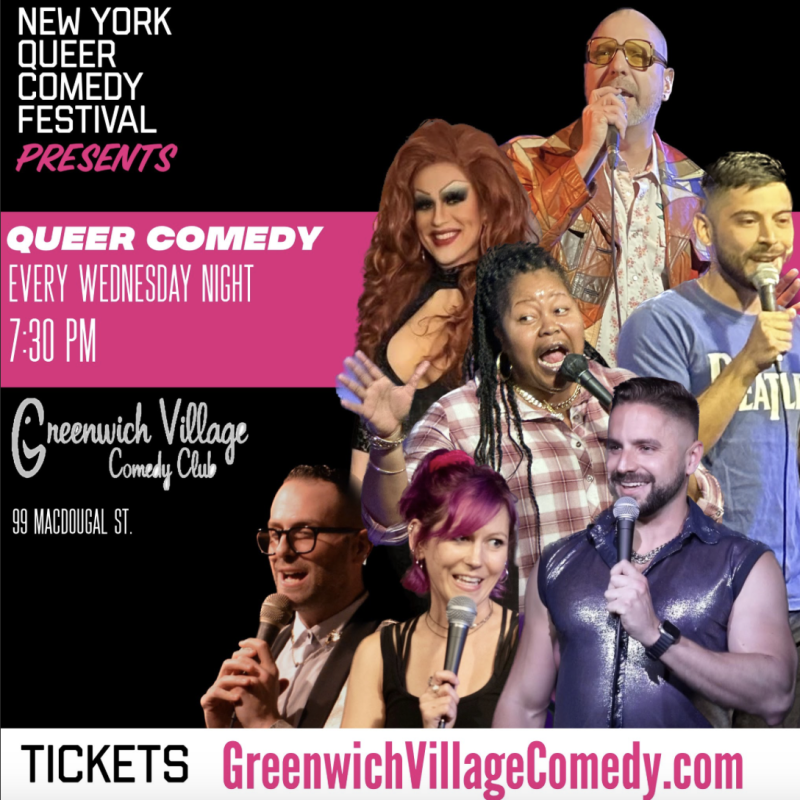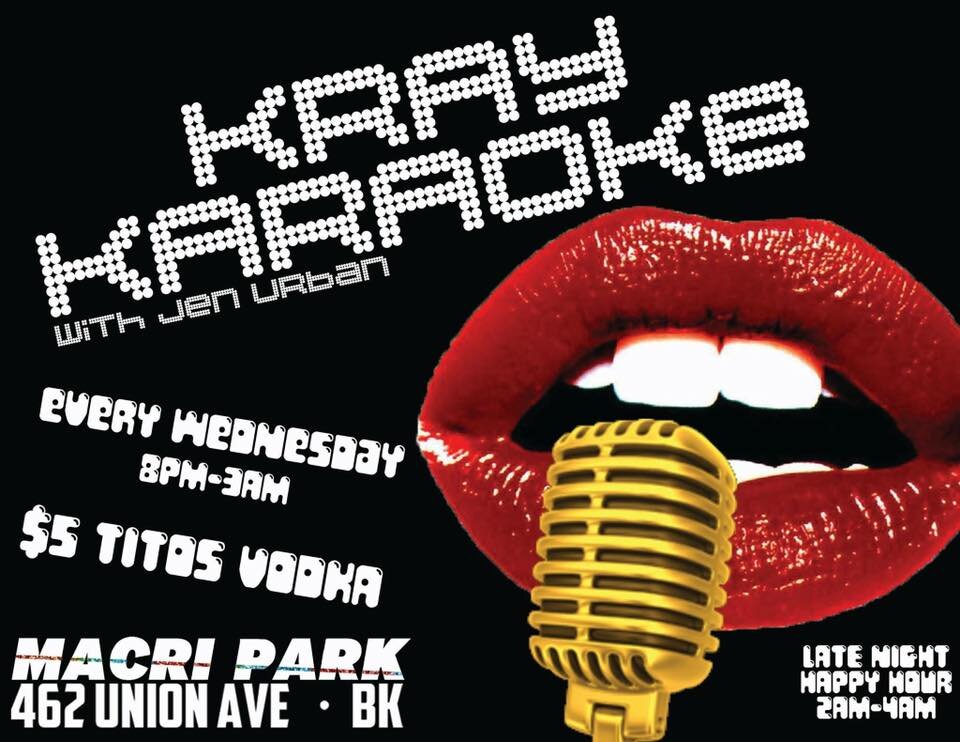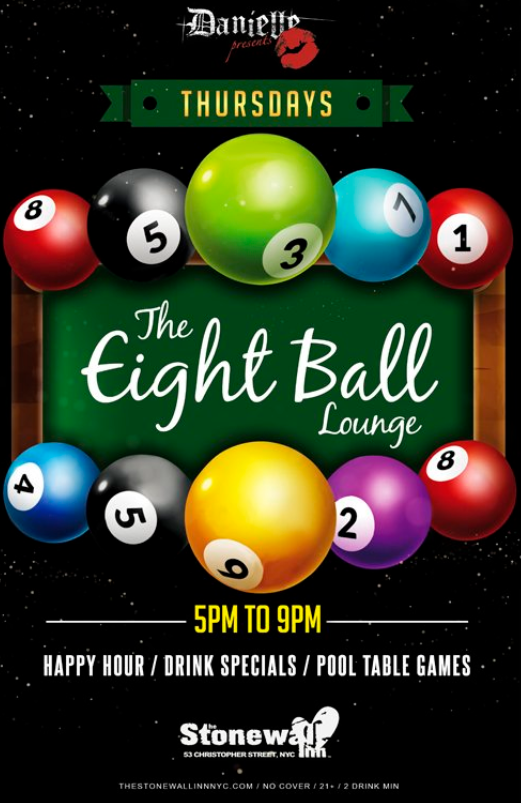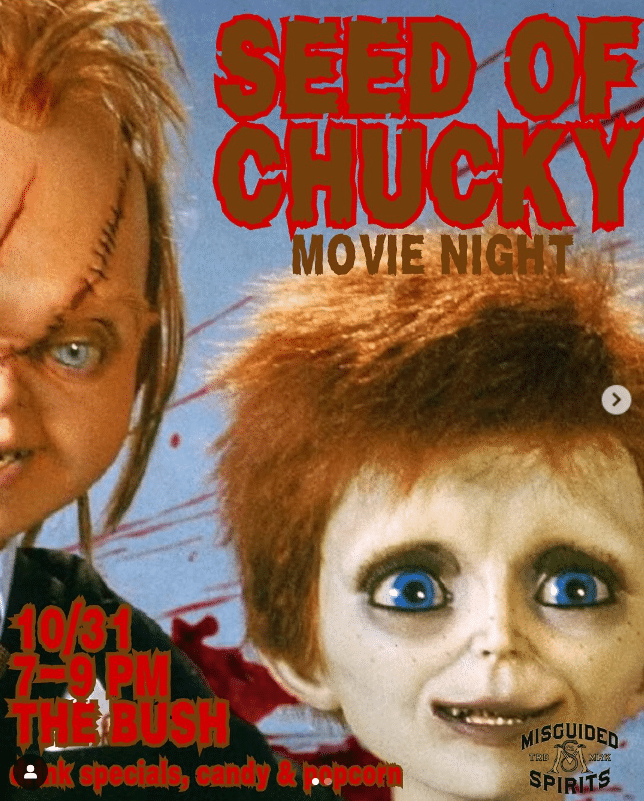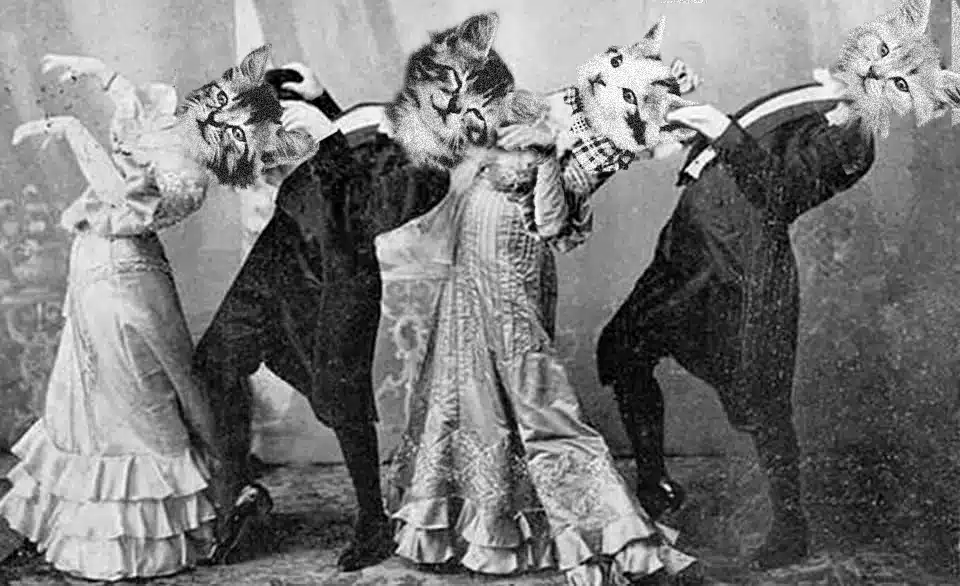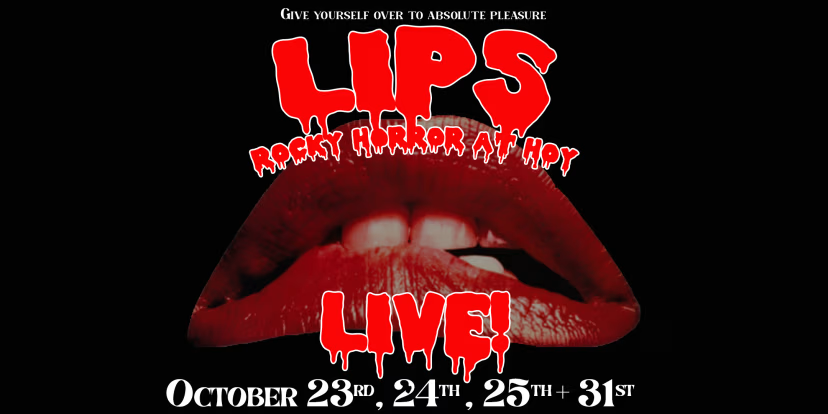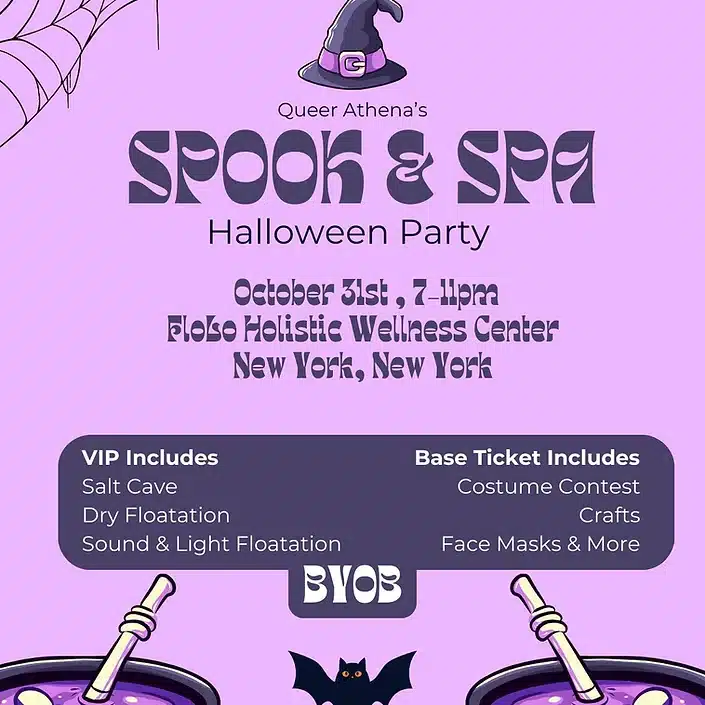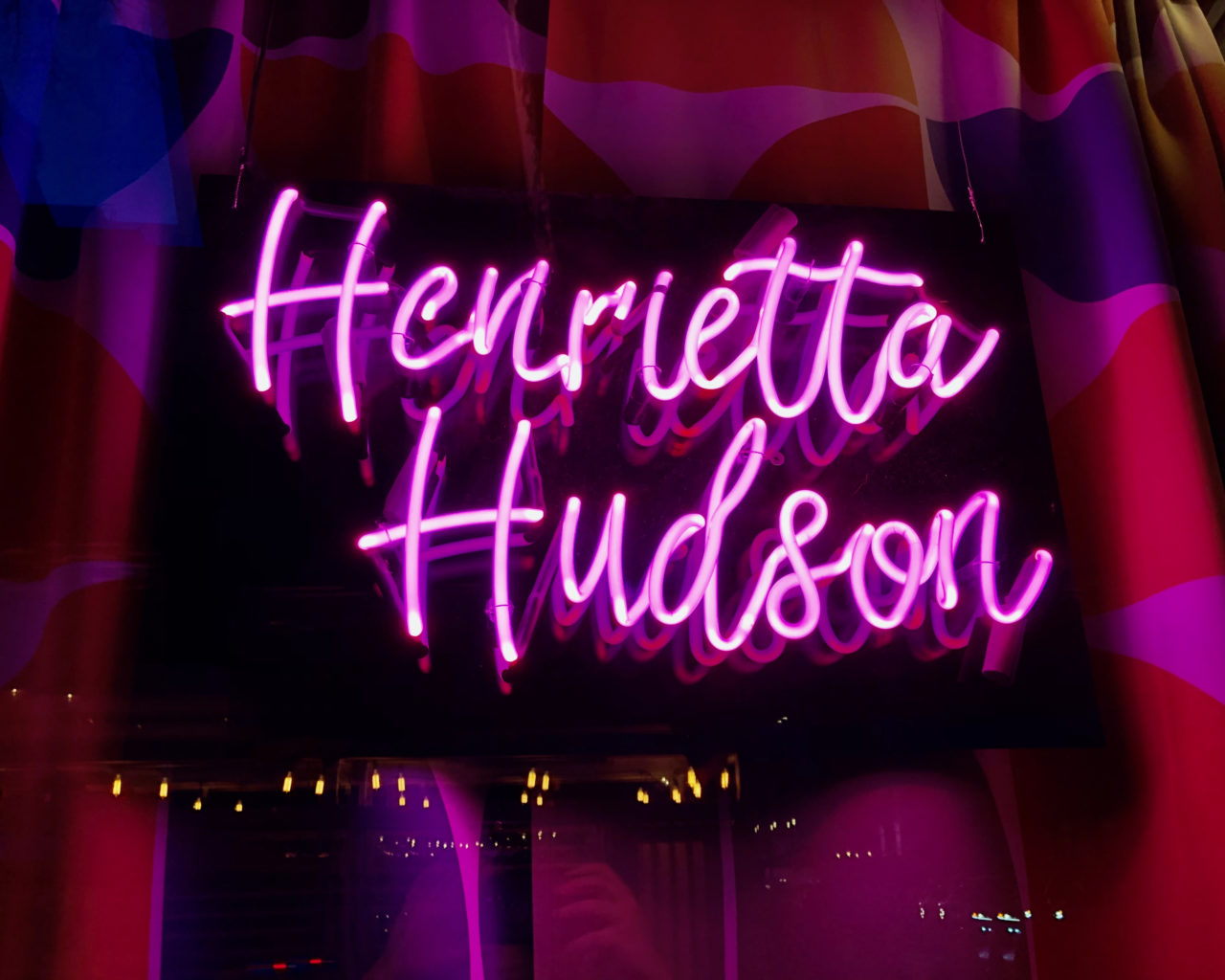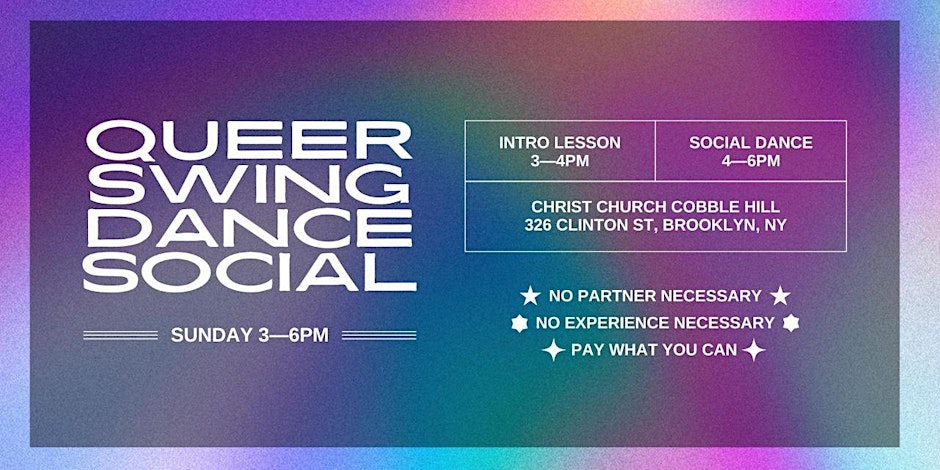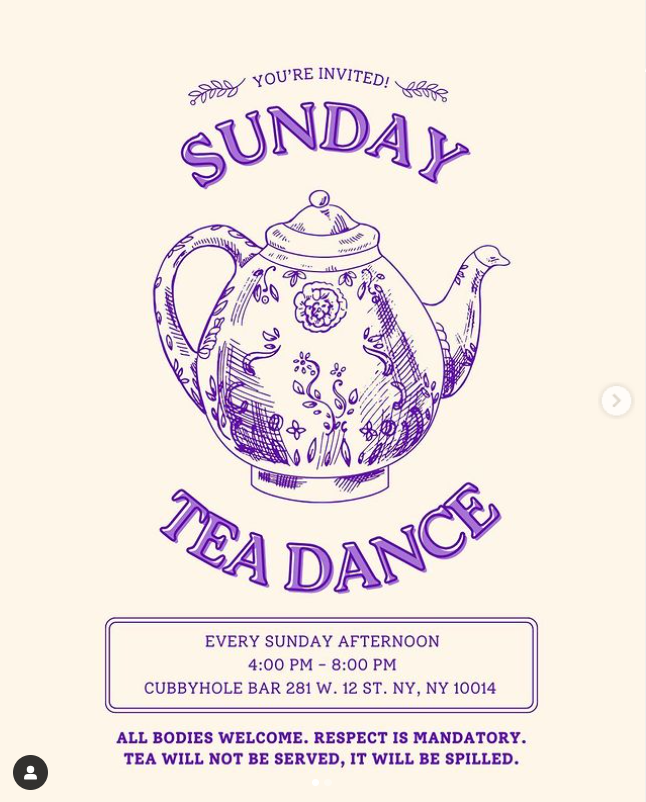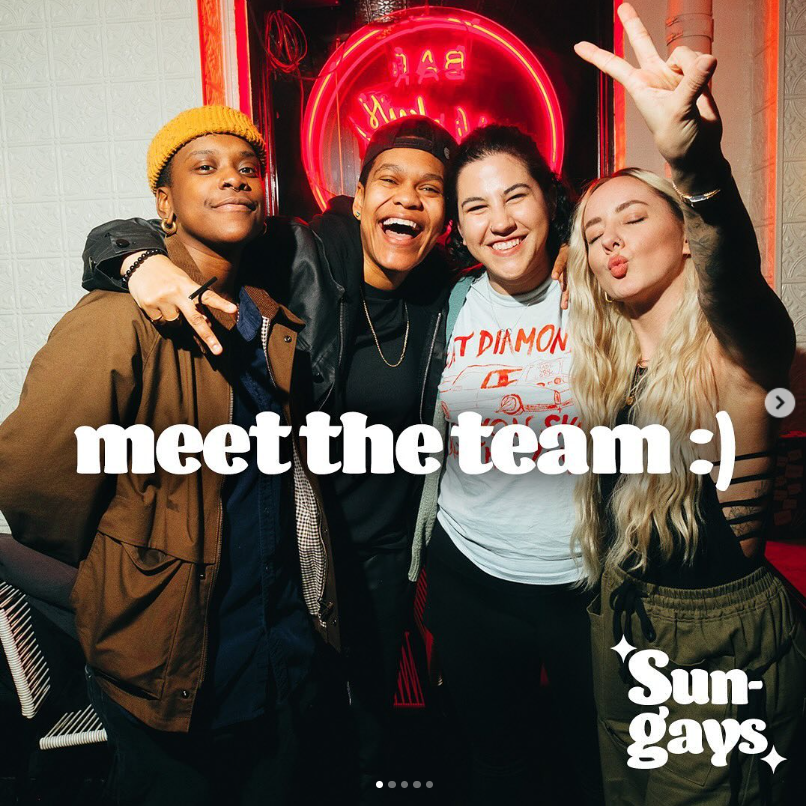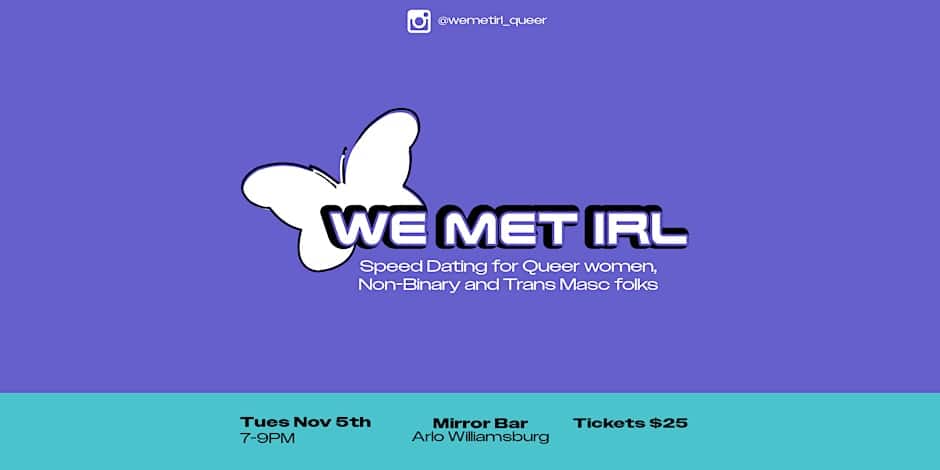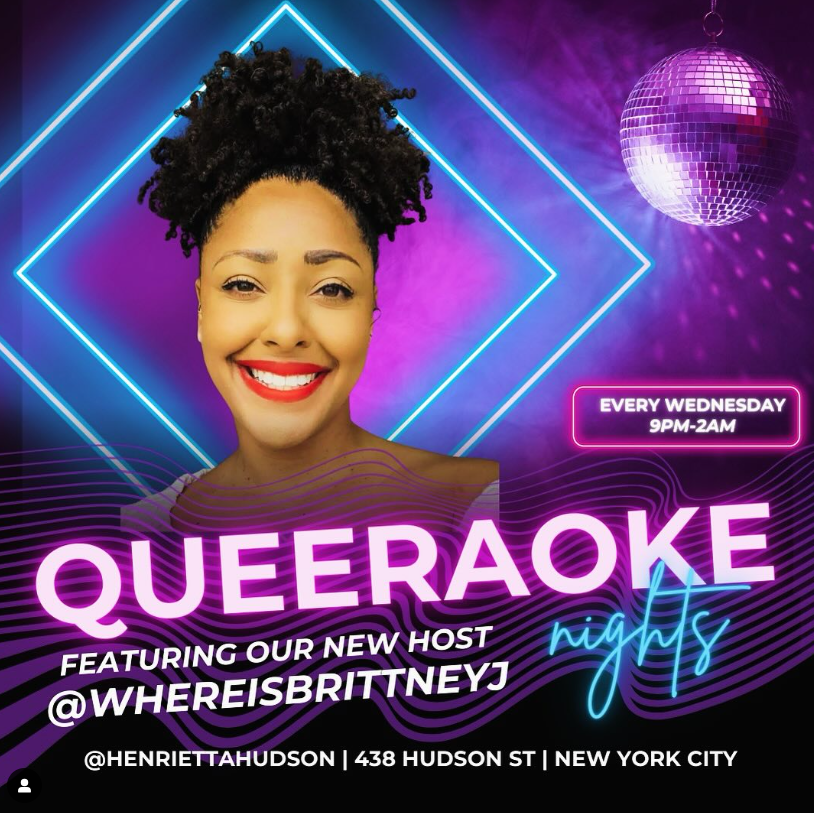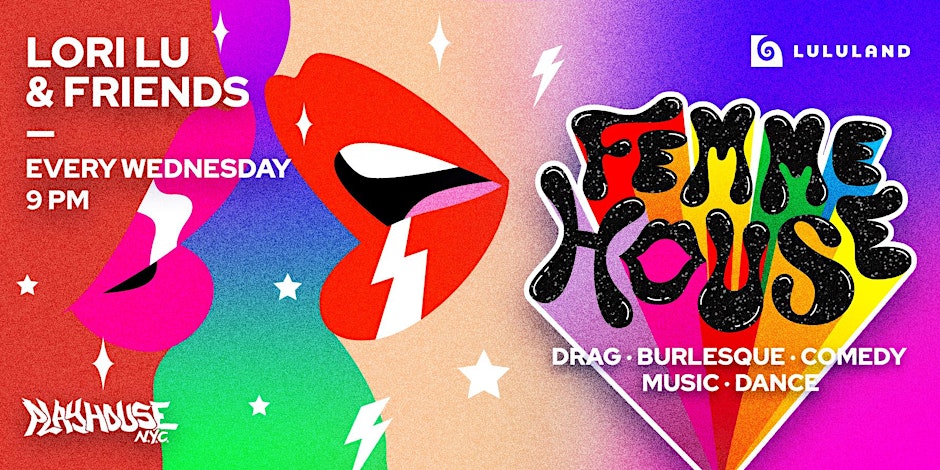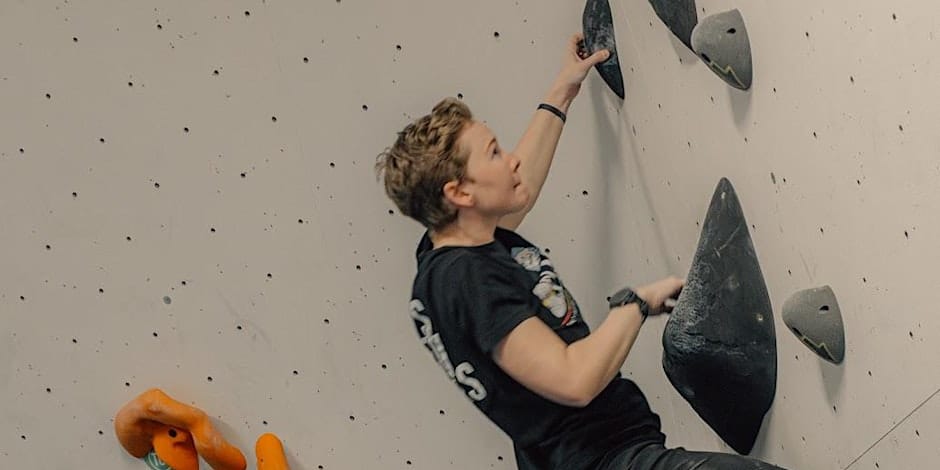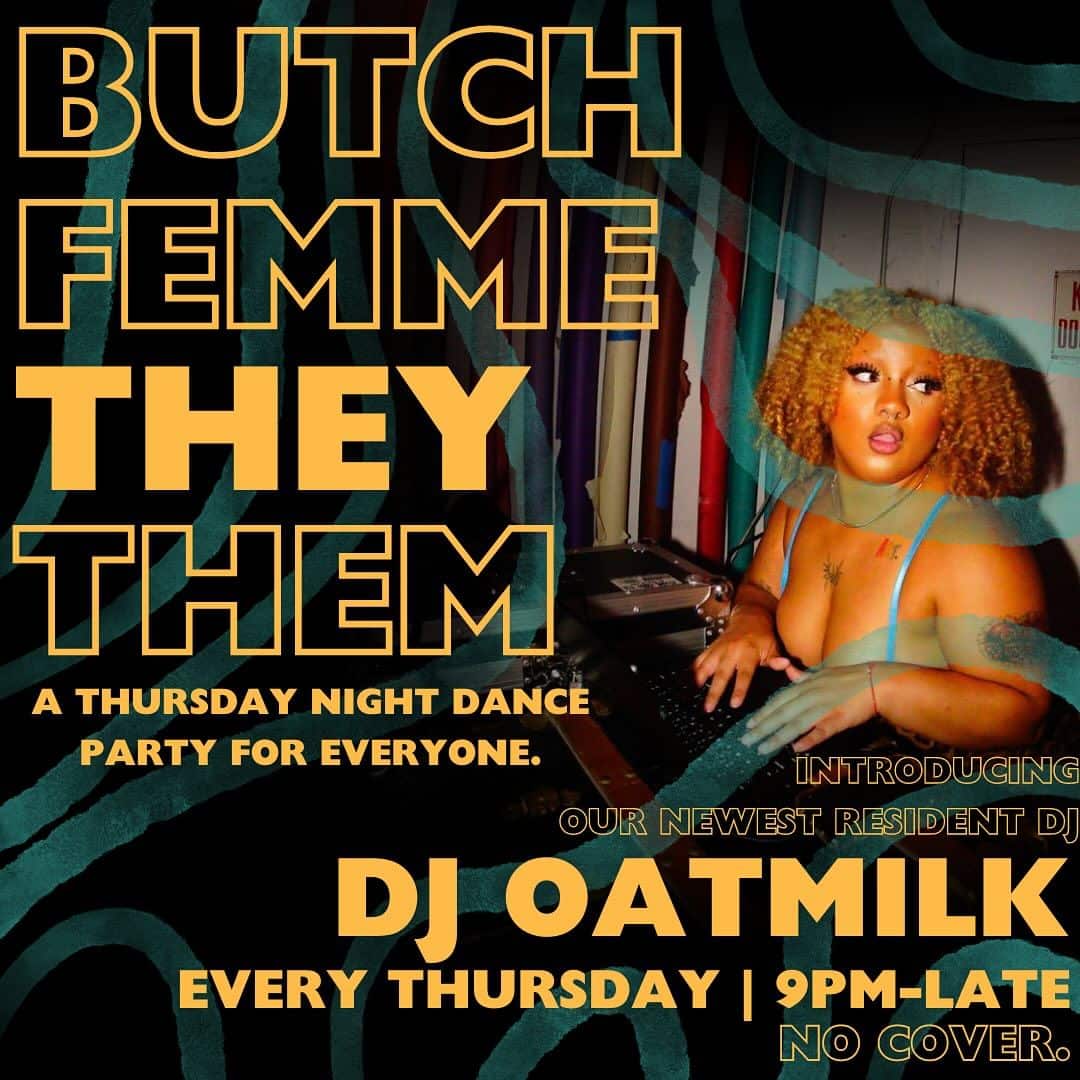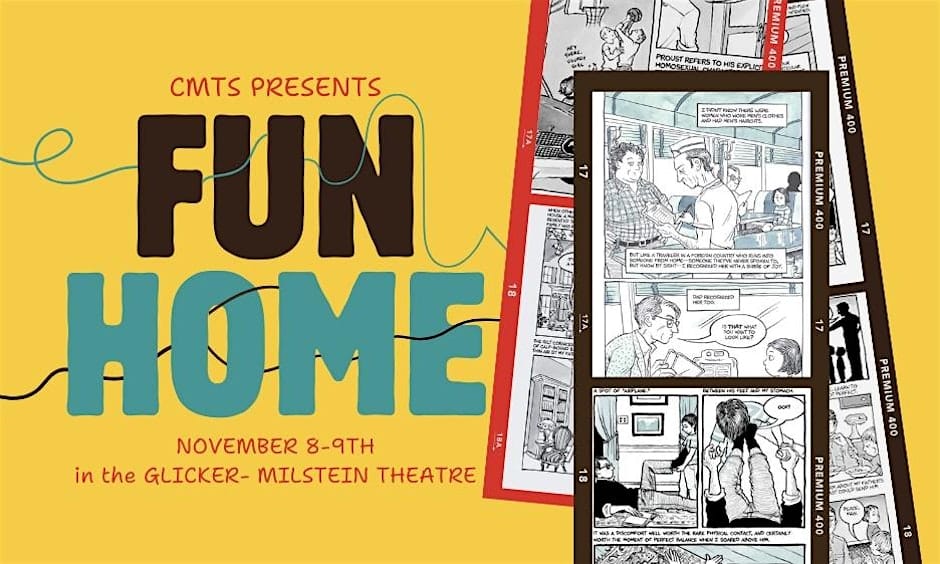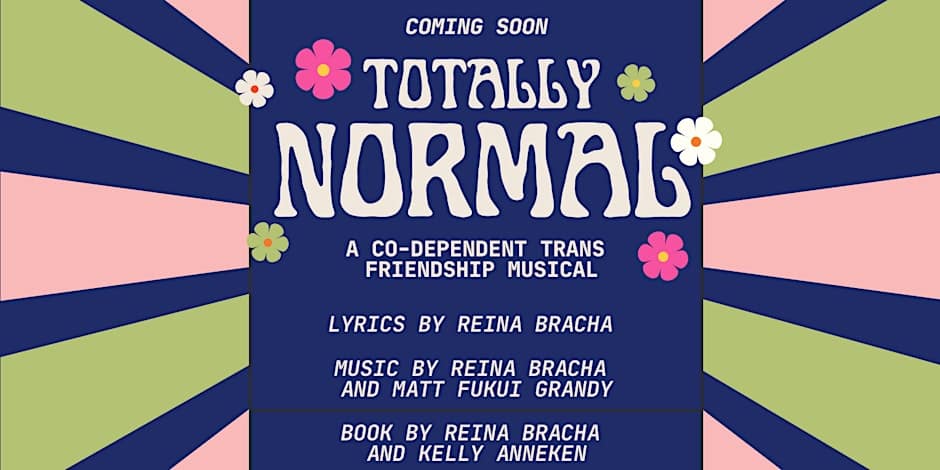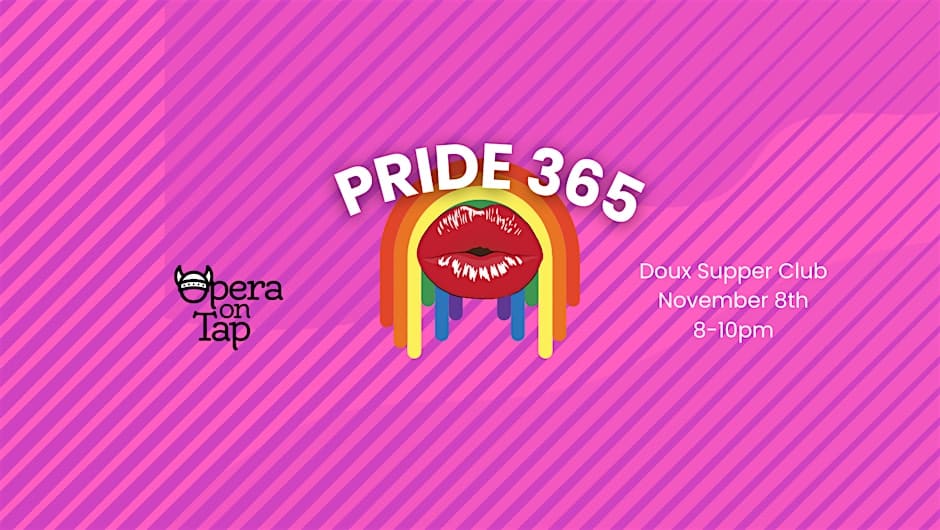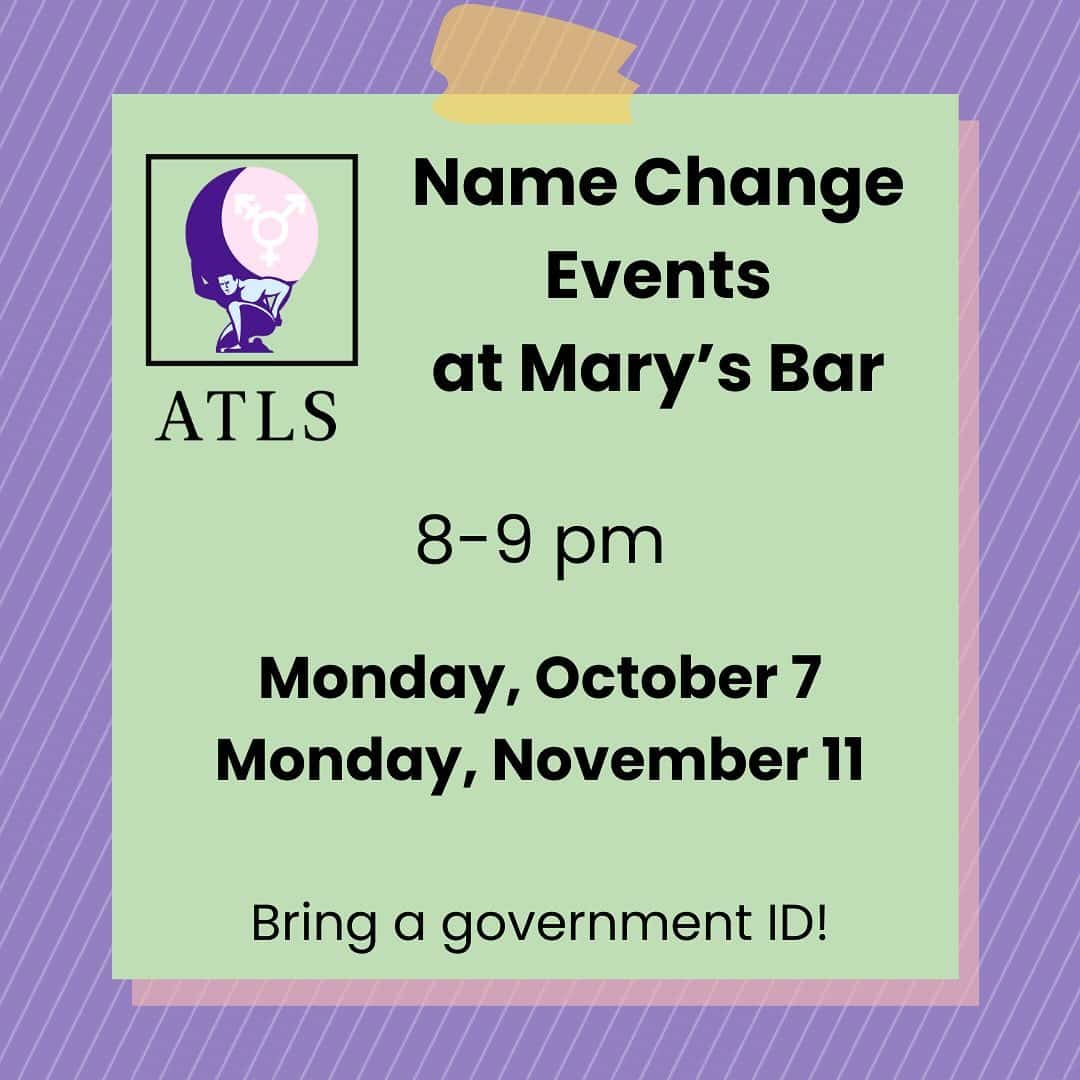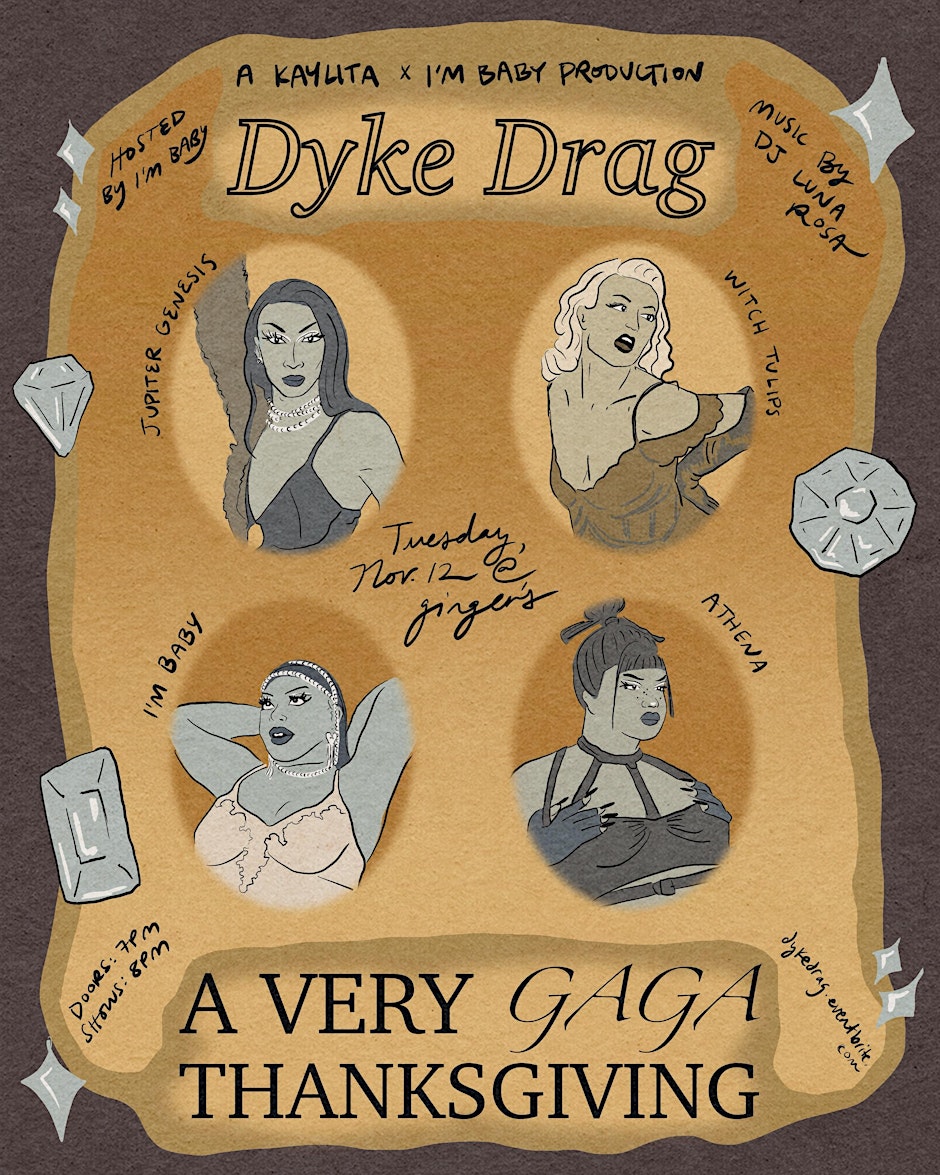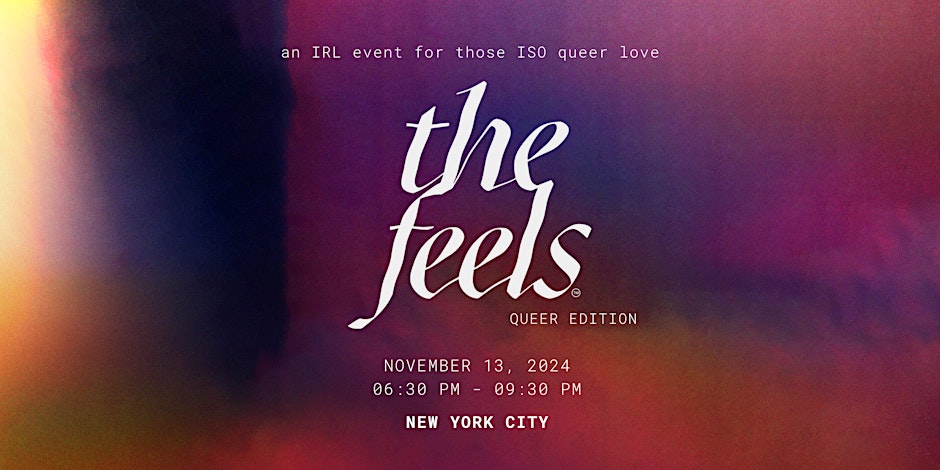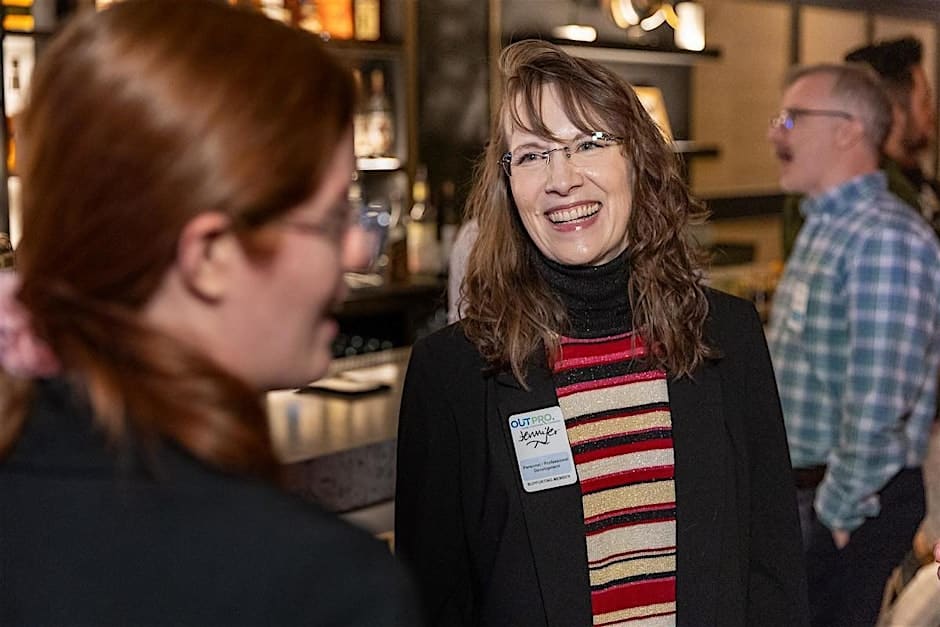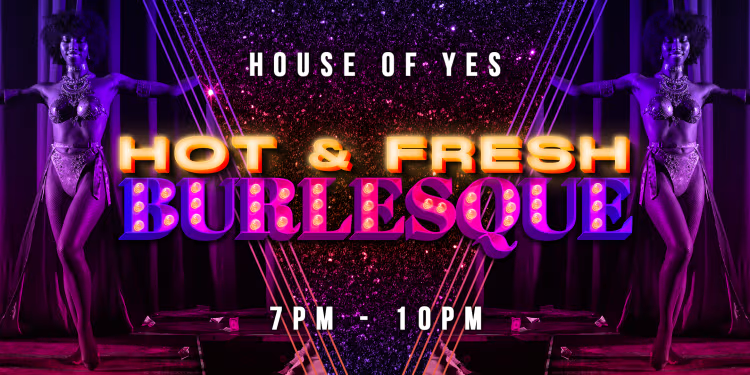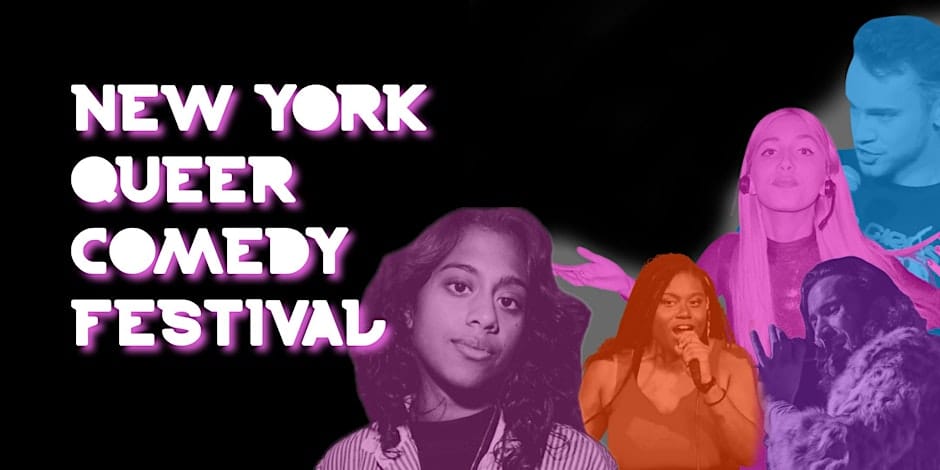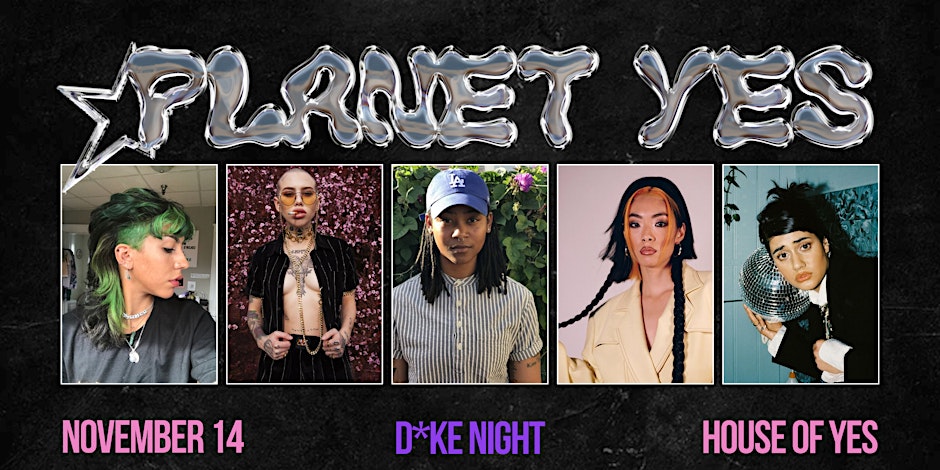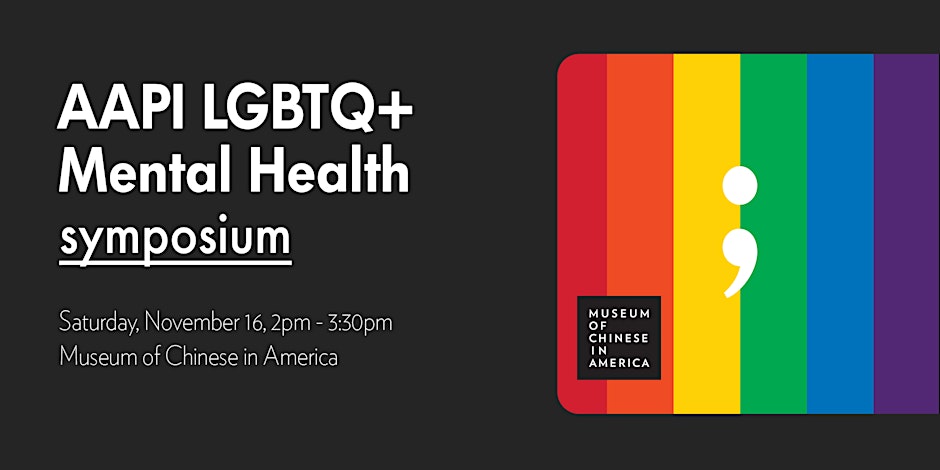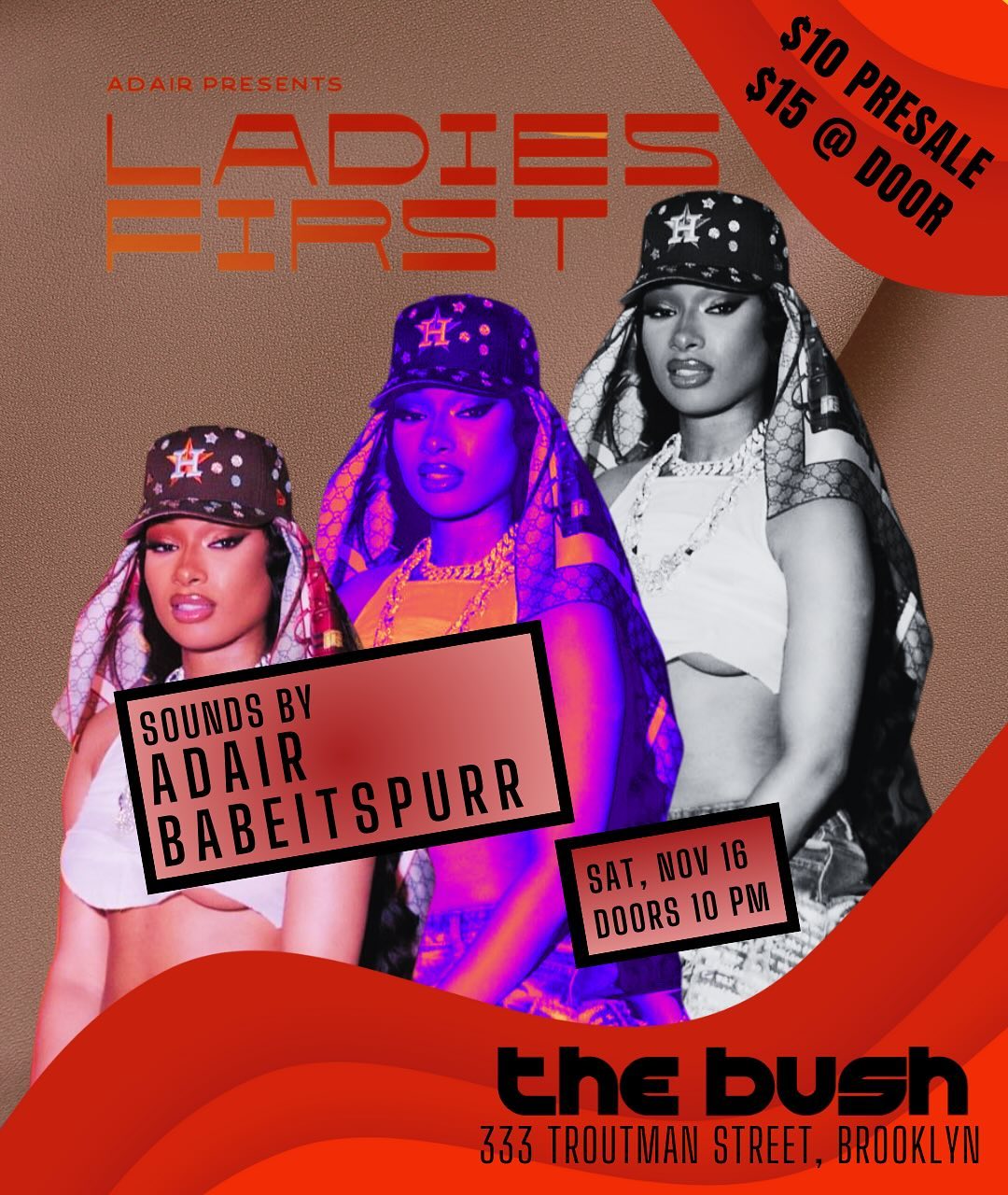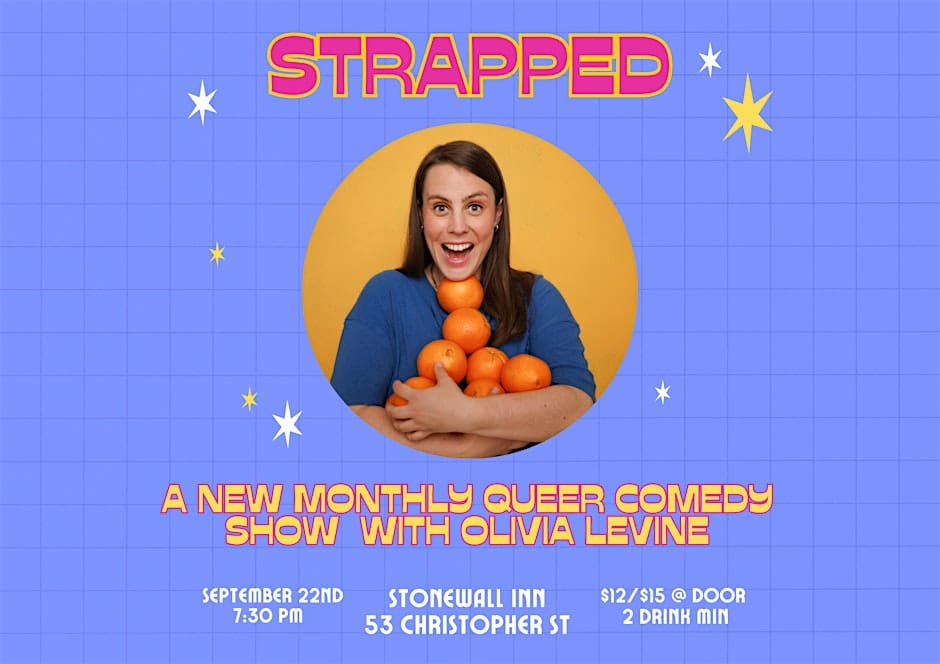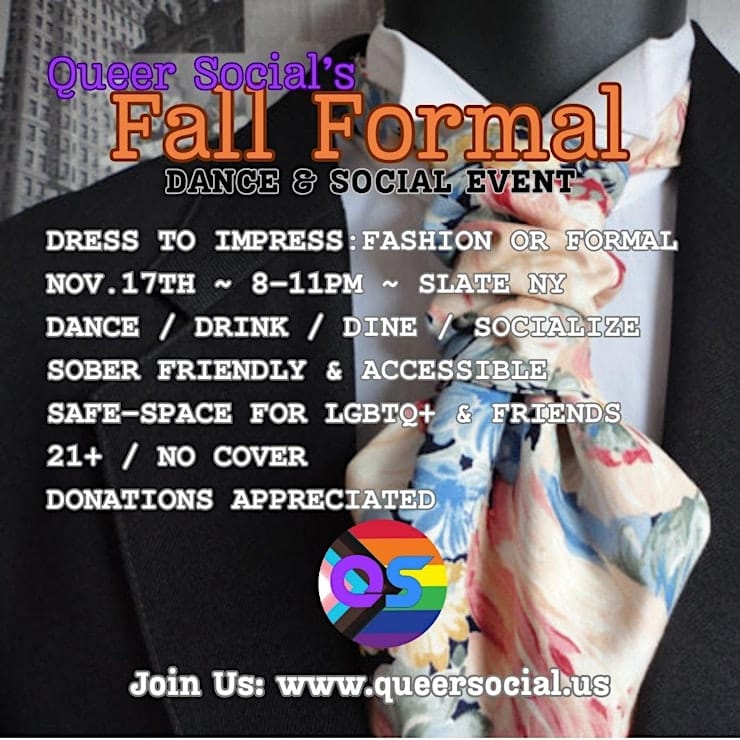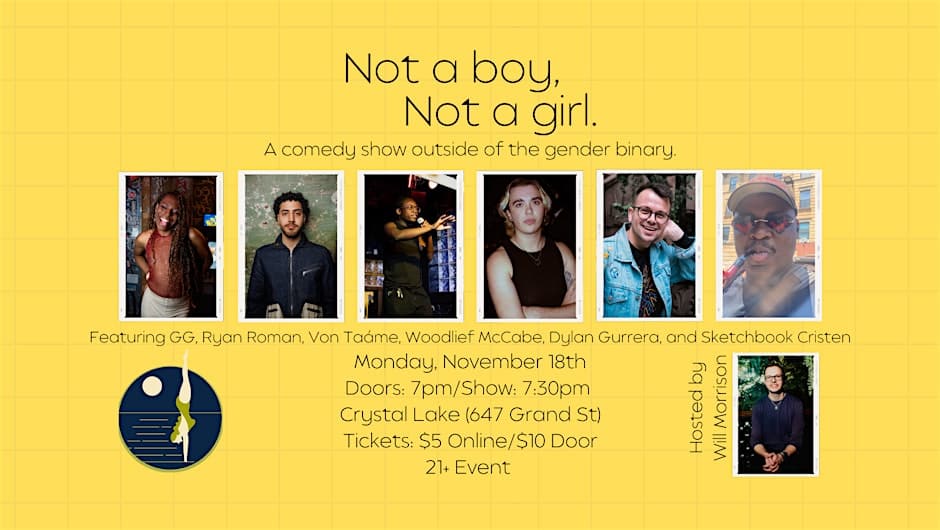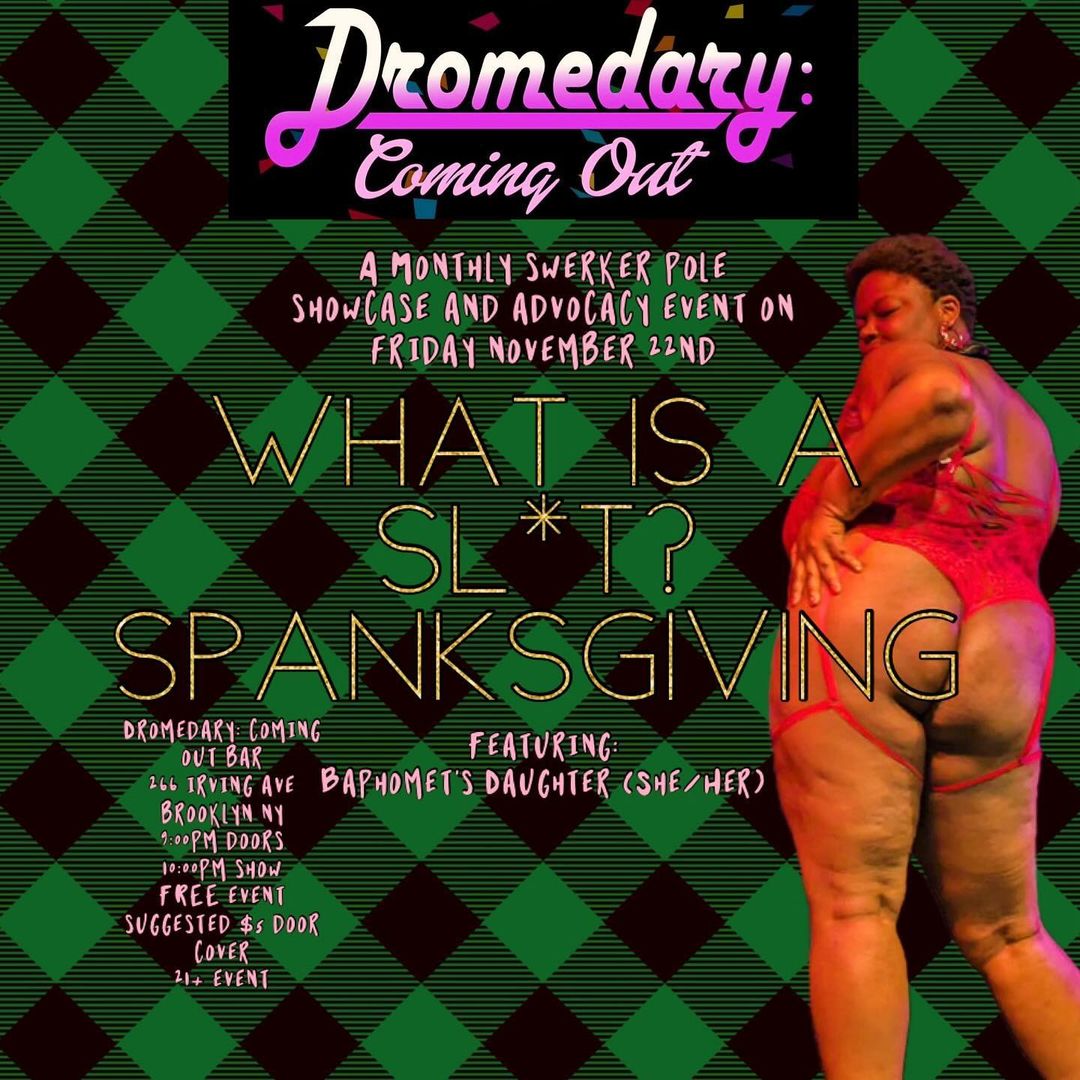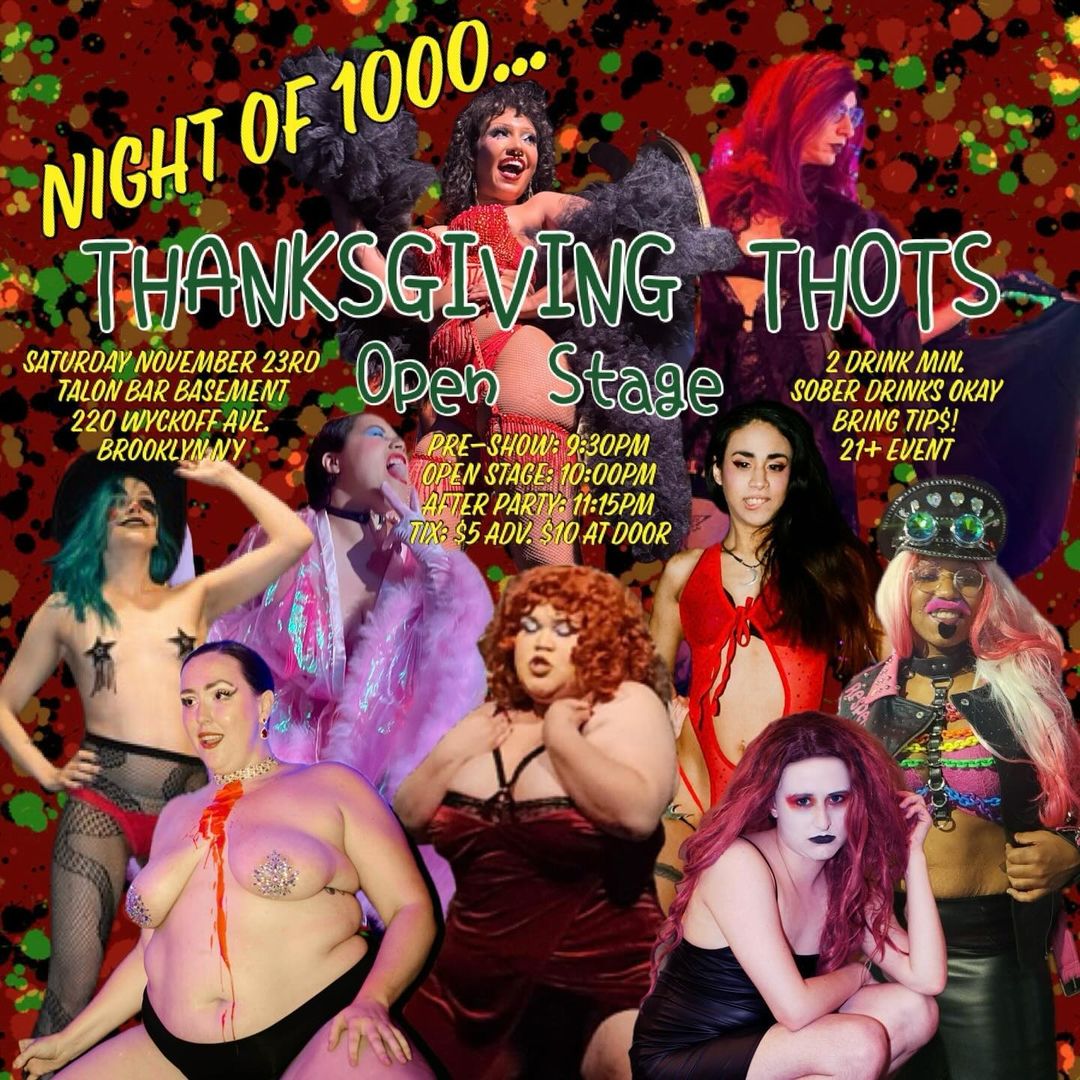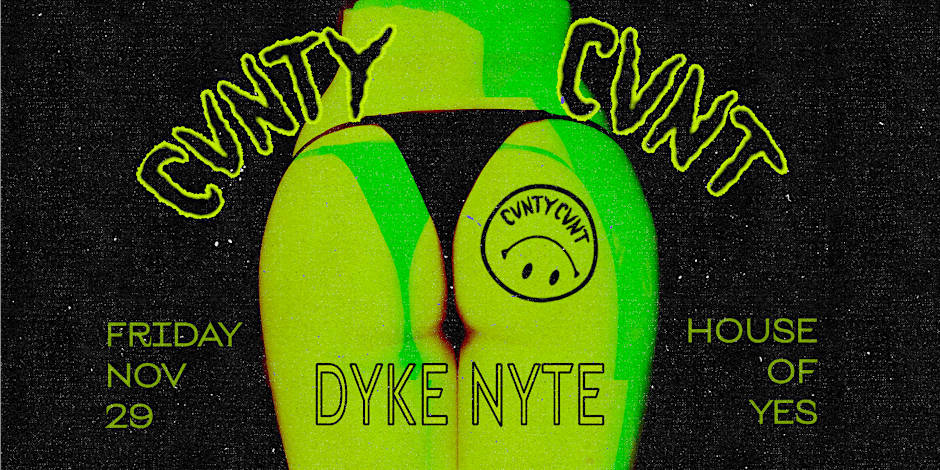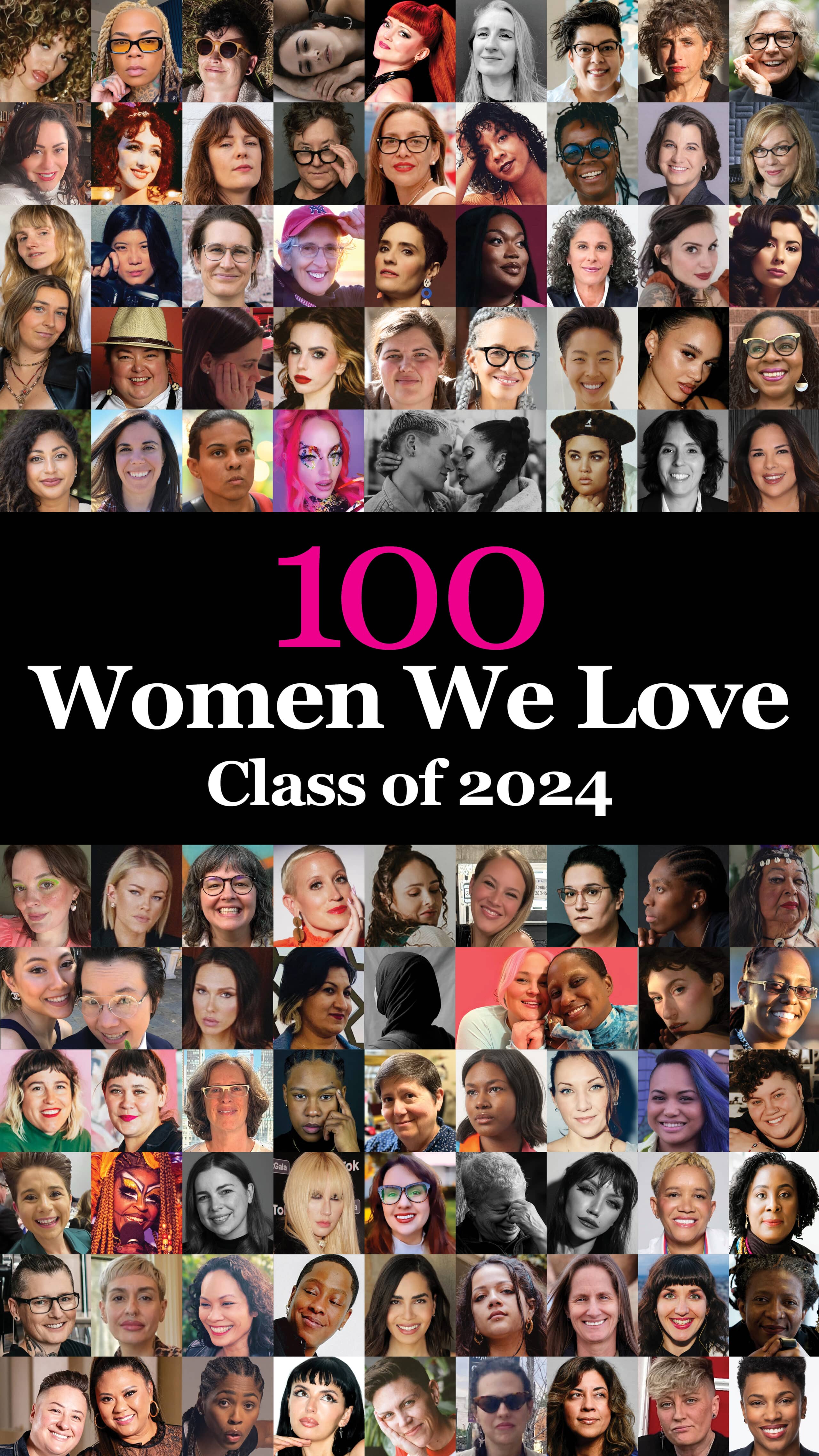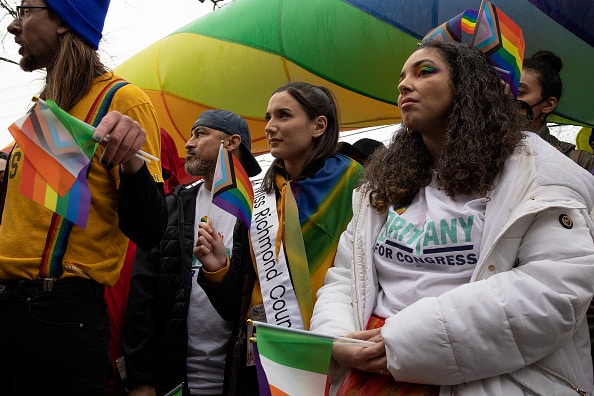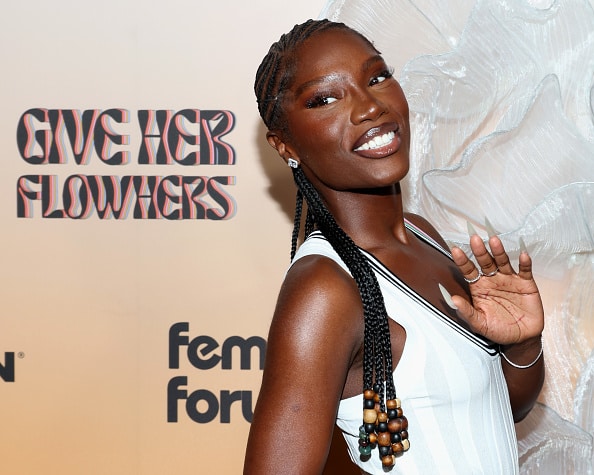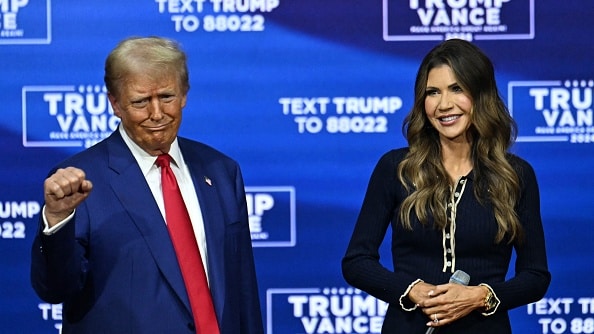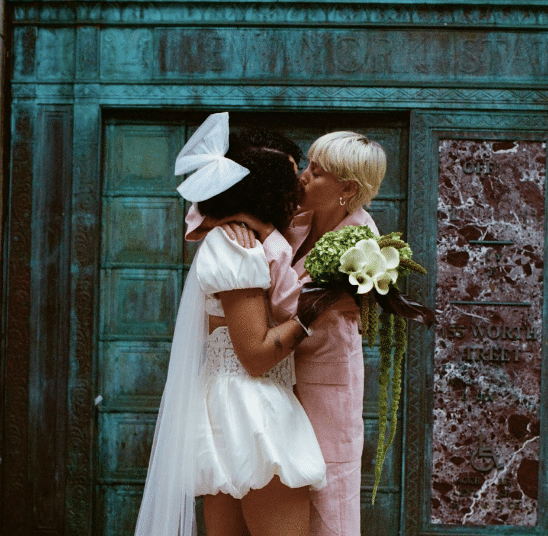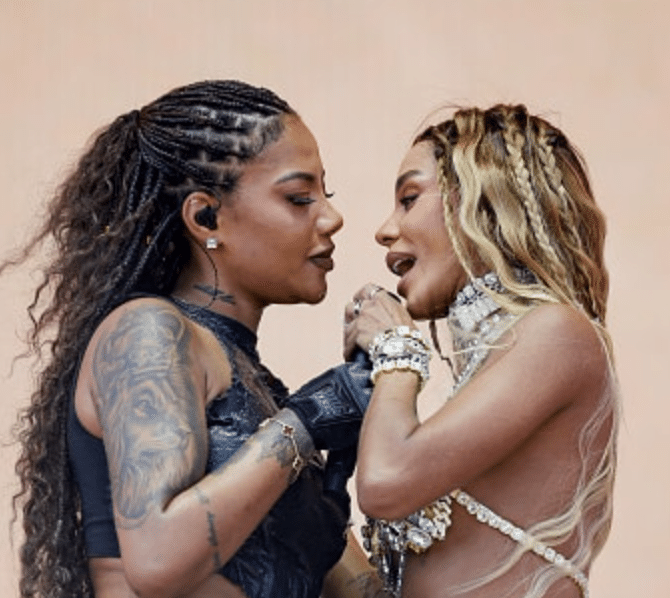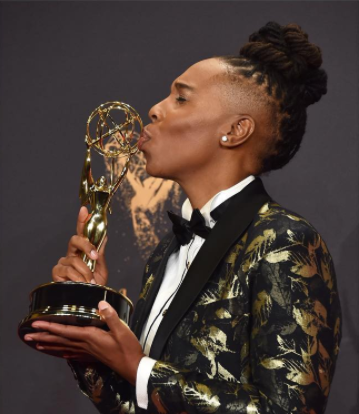
Award show seasons always come with surprise wins and sparking conversation to come about the cultural pulse of media. It’s a night worth celebrating because we get to focus on the media—television shows, movies, and music—that have become cultural landmarks for us. They are the pieces of media that we can see ourselves in, that make us feel good, think, or share how we’re feeling in ways that we couldn’t otherwise express.
But awards shows of late have also begun to show us new things: particularly, there’s been a shift in culture’s acceptance for marginalized individuals; especially those who carry the burden of being marginalized in more ways than one. Last night, the 2017 Emmys were no different, with one of the most significant wins of the night shedding light to an important part of the queer community that often gets excluded within queer representation.
“Masters of None” fans were met with surprise and excitement when the “Thanksgiving” episode from the show’s second season won the Emmy for Best Comedy Writing. But this marked a special moment for queer and Black history: Lena Waithe, who co-wrote the episode with Aziz Anzari, is the first Black woman (queer or not) to win in this category.
That’s not only significant in showing exactly how far we’ve come with telling queer and Black stories on-screen but showing that the two can coexist in a way that works.
Too often, we see identities as things that exist separately. Race, gender, and sexuality are often forced to be compartmentalized apart from each other because of the idea that identity means striving towards being “universally understood.” But instead, this idea of forcing identities to be universal turns out to be incredibly harmful to those who carry the weight of these identities. In the queer community, queerness comes with its own set of hardships, but added with the ways that people of color can be met with hostility and struggle, it can become a specifically challenging experience.
And while there are difficulties in having queer stories being told in the mainstream, it’s even harder for Black and other people of color to find themselves reflected on-screen. This conversation was specifically starting to take place surrounding last year’s Oscar win for Best Picture. “Moonlight,” a film about two cis gay Black men in Miami, was the first LGBTQ+ film to win Best Picture, and made room for a new batch of queer storytelling to be seen as not just queer stories, but stories that strike a chord in all viewers.
As a whole, there is significantly less LGBTQ+ films that focus on people of color. Though “Moonlight” and “Master of None” are just two examples in a growing “genre” within queer media, their significant wins at major awards show are proof that the culture is moving away from the idea that we must separate race from sexuality.
It’s important to ask: what does it mean when queer people of color are forced to choose between their sexuality and their race when both of these things can heavily impact the way that they move throughout the world? What does it mean when the queer community upholds the same standards of universal storytelling that straight people have used to justify their upholding of homophobia in mainstream media?
Waithe’s acceptance speech recognized and highlighted the importance of this, as she noted: “I see each and every one of you. The things that make us different, those are our superpowers. Every day when you walk out the door and put on your imaginary cape and go out there and conquer the world… because the world would not be as beautiful as it is if we weren’t in it.”
When we tell queer stories, the importance of exploring how racial and other identities impact our sexuality and gender are valid and real.
Earlier in the year, at a GLAAD panel, Waithe talked about the impact that a variety of queer storytelling would allow for:
“We still have a lot of work to do and I’m fighting to make sure that happens. I’m definitely really involved in mentorship … because the only way it’s going to actually change is for us to not just sort of talk about it, but to look people in the eye who say, ‘I want to be a writer,’ and go, ‘Okay, great. Give me your script. Let me take a look at it. Here’s how you can make it better.’… I’m still striving for greatness, but I think the biggest thing is to make sure that people of color have some guidance and some mentorship to help them get to that place. Otherwise, they don’t get in those rooms. Or they get in the rooms and they fail. That’s problematic. So I’m just sort of actively trying to help make sure people have opportunities.”
A post shared by Lena Waithe (@lenawaithe) on
There’s a new crop of LGBTQ+ focused media that is beginning to take place in media as well. Indie web shows like “Brown Girls” are created with the intention of showing the normalcy of the lives of queer people of color, without hyper-focusing on one aspect of identity over others. Other shows like “The Fosters,” “The Bold Type,” and “Black Mirror’s” “San Junipero” episode are expanding on the idea of what it means to be queer on television.
Of course, there’s still so much we have left to do when it comes to showing the representation that we desire to be on-screen, both big and small. But the wins of films like “Moonlight” and TV shows like “Masters of None” prove that we can do this. We can have shows that give honest, realistic, and relatable portrayals of queer people who may not mirror exactly what we’ve seen in media previously, but their stories are still just as important to be told. Now more than ever, we have that responsibility to demand and do better.
Queer people of color exist and are fundamental to the queer community as a whole. It’s far time that they see themselves reflected on screen as such.




